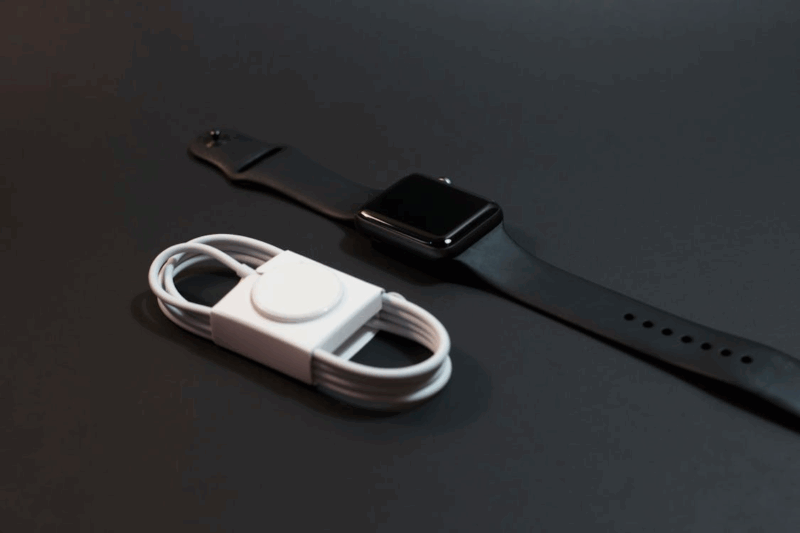
Pediatric urology is a specialised field focused on disorders of the urinary system in children, from newborns to adolescents. Over the past few decades, the landscape of pediatric urology has experienced transformative changes.
The advancement of surgical techniques, the incorporation of innovative technologies, and a patient-centric approach have altered the way urologists address and manage conditions. Let’s delve deeper into these significant shifts.
1. Minimally Invasive Surgical Techniques
The adoption of minimally invasive surgical techniques has significantly changed pediatric urology. Laparoscopy, in particular, has become a cornerstone for many procedures. With small incisions, high-definition cameras, and precise surgical instruments, surgeons can now perform intricate operations with reduced pain, quicker recovery, and minimal scarring.
Robotic surgery, too, is increasingly becoming part of the pediatric urological realm. The da Vinci robotic system, for instance, offers improved dexterity, range of motion, and enhanced visualisation. These features enable surgeons to undertake complex reconstructive procedures with unprecedented precision.
2. Enhanced Imaging Techniques
The evolution of imaging technologies has provided clinicians with detailed visualisations of the urinary tract, enabling more accurate diagnoses.
Magnetic resonance urography (MRU) and contrast-enhanced ultrasound are two examples that have considerably improved the clarity and detail of images, especially in soft tissues. This is crucial for conditions like vesicoureteral reflux or congenital abnormalities, where clear images can inform treatment choices and prognostic outcomes.
3. Biofeedback and Bladder Training
One of the significant challenges in pediatric urology is addressing voiding dysfunctions, such as overactive bladder or dysfunctional voiding. Instead of relying solely on medications, biofeedback has emerged as an effective, non-invasive intervention.
By providing real-time data on bladder and sphincter muscle activity, biofeedback assists children in understanding and controlling their urinary function.

Bladder training, a behavioural therapy, further empowers children. By setting scheduled toilet breaks and teaching them to identify the urge to void, children gain better control over their bladder functions, reducing the incidence of accidents and improving their quality of life.
4. Personalised and Holistic Approach
The field has recognised that treating the child doesn’t stop at addressing the urological condition alone. A holistic approach, encompassing the emotional and psychological well-being of the child, is now foundational.
Centres like Urocare London have integrated multi-disciplinary teams, ensuring that children receive comprehensive care. These teams often consist of urologists, paediatricians, psychologists, and physical therapists, all working in tandem to address the multifaceted needs of young patients.
5. Genetic and Molecular Research
With the decoding of the human genome and advances in molecular biology, there’s a better understanding of the genetic factors underpinning various urological conditions.
Research in this area is promising, and there are increasing efforts to identify genetic markers that can help predict susceptibility to certain disorders. As a result, personalised treatment plans tailored to a child’s genetic makeup could become the norm in the not-too-distant future.
6. Patient Education and Advocacy
Educating parents and caregivers has become an integral part of pediatric urology. The more informed they are about a condition, its treatment options, and prognosis, the better they can support their child.

Many institutions now have patient advocacy groups and offer resources like workshops, seminars, and literature to empower families in their child’s care journey.
Conclusion
The advancements in pediatric urology underscore the medical community’s commitment to delivering better patient outcomes. The integration of innovative technologies, a holistic approach, and the push towards patient education ensures that children with urological conditions receive the best possible care.
As the field continues to evolve, it offers hope for even more refined interventions and improved quality of life for its youngest patients.












